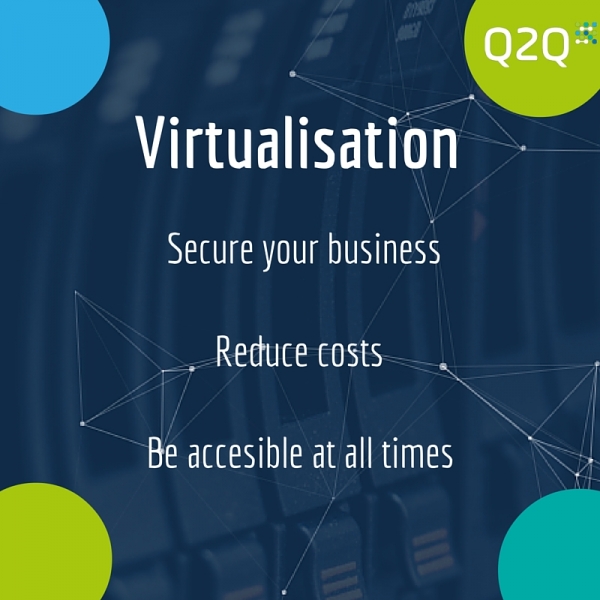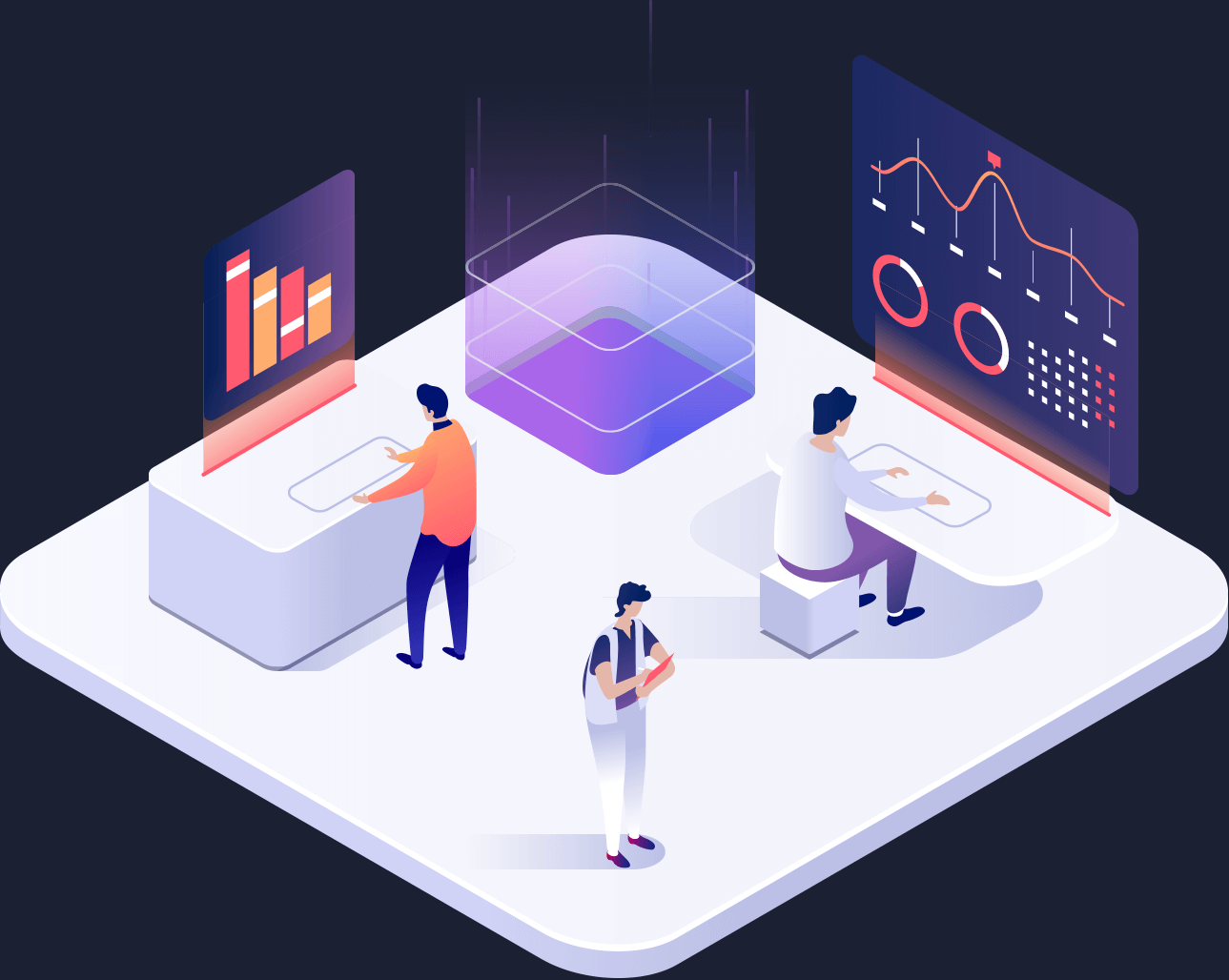Virtualisation, you’ve heard the term before, but have no idea what it is…
Let us explain!
You most likely use Virtualisation in some form within your business today- it is one of the most important aspects of the smooth running of IT within businesses. In simple terms, Virtualization is the use of software to allow a piece of hardware to run multiple operating system images at the same time. This enables many businesses to reduce their costs with managing and maintaining an infrastructure, and also means your business remains safe but accessible at all times.
Still not with me? Don’t worry here are some examples…
Application Virtualisation
This type of Virtualisation allows any applications that you or your colleagues use to be delivered from a server to your end user device. This is commonly Windows Remote Desktop or Citrix. So instead of having to be in work to access their computers, users can gain access the system remotely from virtually anywhere with an internet connection. This is a very popular type of Virtualisation as it means employees can use their applications on the go- great for those who are always out and about with customers or work from home.
Desktop Virtualisation
Very similar to Application Virtualisation, desktop Virtualisation separates your desktop from its physical location so that you can access it from any location. Of course this means the major advantage is that that users can access their personal files from any location and on any PC. This means the cost of licensing for installing software onto desktops is also lower.
Storage Virtualisation
Easy and cost-effective. This involves bringing all your physical storage devices to appear as one central device. When disaster planning this is a handy type of Virtualisation to use as the data stored can be replicated and transferred to another location. This centralised system means that you are also eliminating the hassle and cost of managing multiple storage devices as everything you need is in one place.
Network Virtualisation
Combining physical networking equipment into a single resource! Imagine you are on the road and there is lots of traffic going to the same destination, the journey is often slow. To make the journey faster for these vehicles on the road, we divide the road into multiple new roads, each of which are still going to the same location.
This is what happens with Network Virtualisation, if you are a larger business with lots of users, the process divides bandwidth into multiple channels, each of which can be assigned to servers and devices in real time. These distributed channels will dramatically increase your network speed and allow services to be delivered faster!
Hardware Virtualisation
The most common type of Virtualisation which utilises a virtual machine manager (VM) called the hypervisor (or the Microsoft version Hyper-V for example). The Hypervisor hosts virtual versions of computers or servers including their operating systems which are easily transferable to other Hypervisors. So when hosted on a physical server they are not hardware dependant and can be easily moved between physical servers for upgrades or easy backup.
It also allows all hardware to be utilised for efficiency and enables a user to run different operating systems on the same machine at the same time.
There are many ways of integrating Virtualisation into your business- perhaps you already do and were unaware of the process or type of Virtualisation used. Perhaps it is something that needs implementing within your organisation, either way for more information please do not hesitate to call our team of experts on 01524 581 690.
We are an IT Support company based in Lancaster and Preston supporting SMEs in the North West and Nationwide. IT starts with Q2Q.



